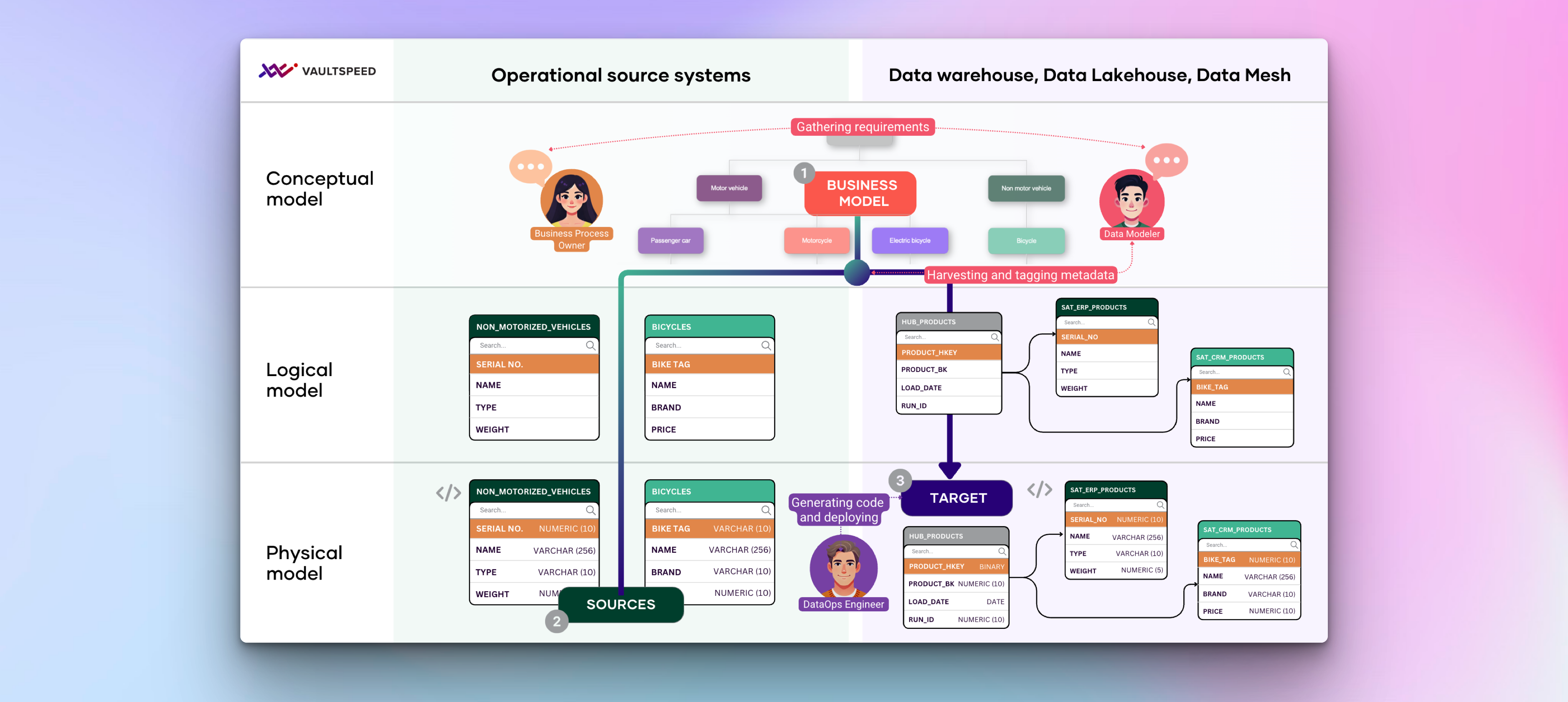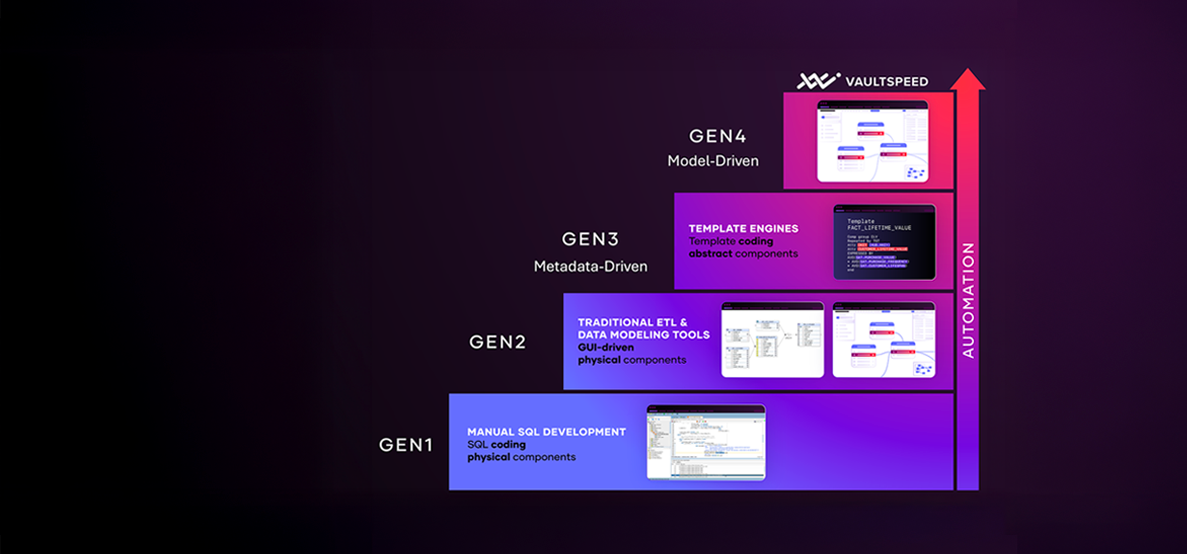For many data professionals, hearing the term “Data Vault” conjures images of sprawling tables, cryptic naming conventions, and an overwhelming sense of complexity. It’s no wonder the framework has a reputation for being messy, rigid, and hard to manage. But the truth is, Data Vault doesn’t have to be messy - and it isn’t, when implemented with the right understanding, tools, and discipline.
This article explores why Data Vault is so often misunderstood, what makes implementations feel chaotic, and how teams can adopt the methodology without descending into chaos.
Why the “Messy” Reputation?
Data Vault often gets a bad rep because teams misunderstand its purpose and misuse its structure. It’s meant to be an auditable, flexible foundation - not a star schema or reporting layer - but many treat it that way, over-modeling every detail into hubs, links, and satellites, or skipping the clear separation between Raw Vault, Business Vault, and Information Marts. Without automation and consistent standards, manual builds and poor documentation quickly turn an adaptable framework into a tangled mess of unnecessary tables and technical debt.
The Framework is Not the Problem
It’s important to say this clearly: the mess is not inherent to the framework - it comes from how it’s implemented.
Data Vault is like any architecture pattern: it’s powerful when applied well, and painful when misapplied. Its strength lies in its flexibility, auditability, and agility - but only if the team behind it understands the why behind the how.
So, How Do You Keep it Clean?
1. Start with Business Keys, Not Tables
Data Vault starts with identifying the real-world, unique business keys that define your core concepts (like Customer, Order, Product). If your hubs don’t align to actual business keys, you’re already heading toward trouble.
2. Use Automation Wisely
Modeling, generating code, and managing metadata should not be manual efforts. With metadata-driven automation tools (like VaultSpeed), you can scale quickly, reduce human error, and enforce consistency across layers.
3. Invest in Training and Governance
Many implementations fail because teams don’t fully understand the methodology. Don’t rely on a single expert - make sure your entire team is fluent in:
- What belongs in the Raw Vault
- When and how to build the Business Vault
- How to simplify downstream consumption
Governance is just as important: naming conventions, modeling standards, and layer discipline are critical for a sustainable data vault.
4. Don’t Skip the Business Vault
Many teams skip this layer to save time, but this is where the Data Vault shines. The Business Vault allows for logic layering, temporal calculations, and curated transformations without touching the raw history.
This separation protects your raw data, improves auditability, and simplifies the presentation layer.
Final Thoughts: Data Vault Can Be Elegant
Data Vault isn’t inherently messy. What’s messy is building a flexible system without structure, rules, or the right tools. When done right, Data Vault is:
- Lean and auditable
- Fast to evolve
- A foundation for long-term, enterprise-wide analytics




